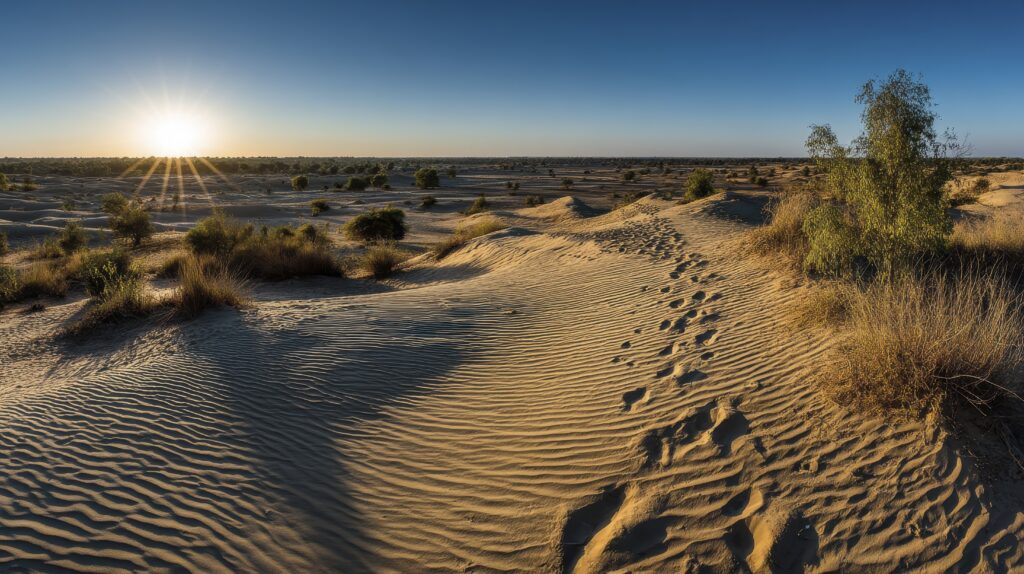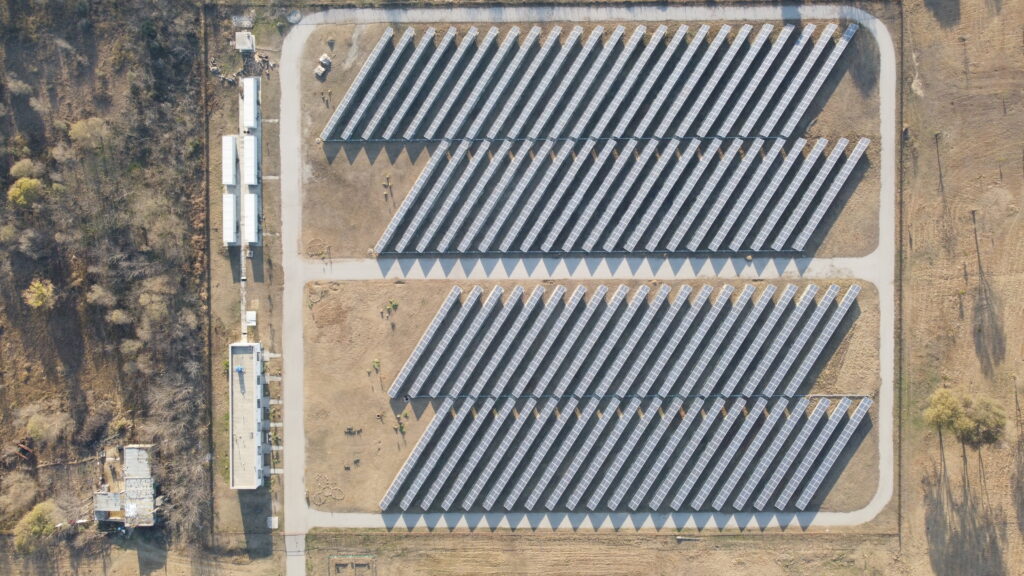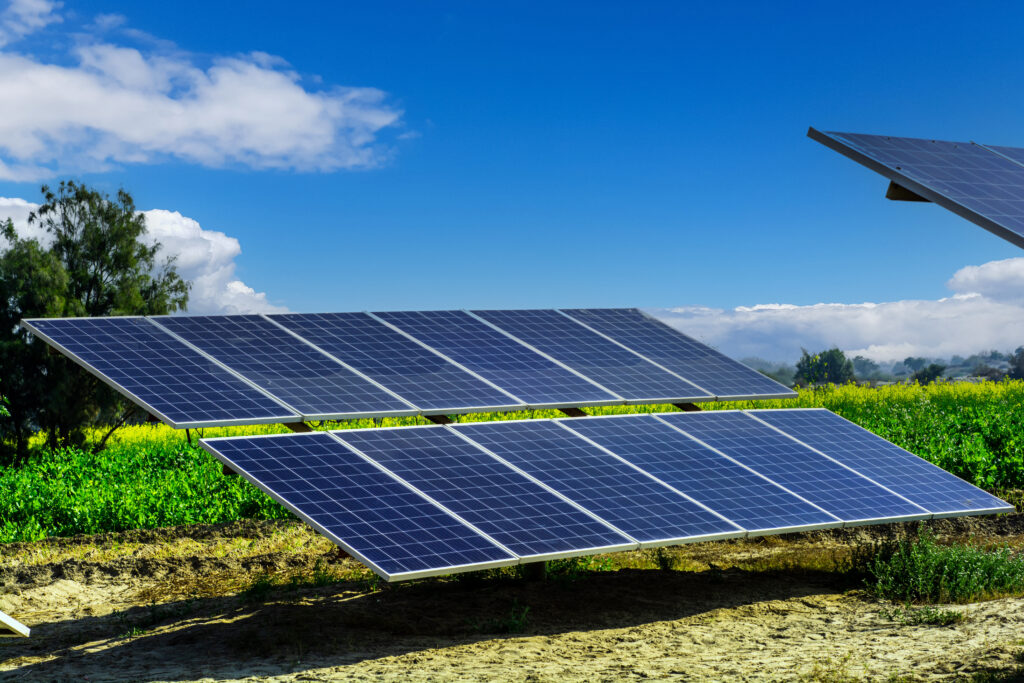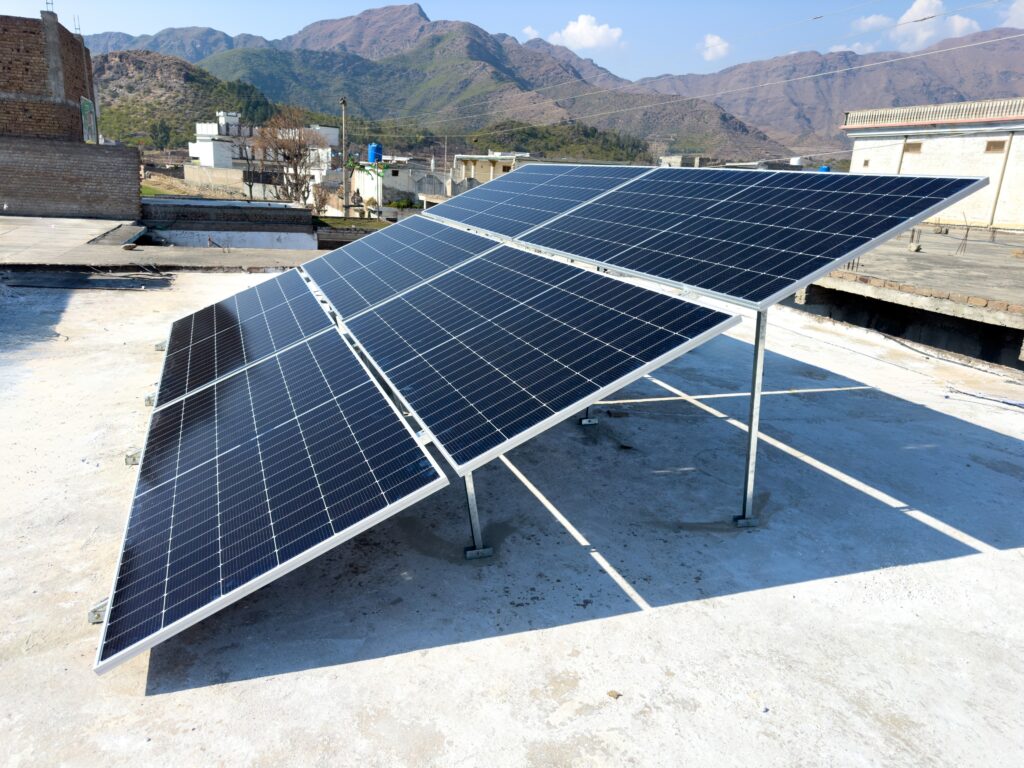




Pakistan’s Potential
Pakistan’s potential for solar energy, especially in its Sunny Belt region, is immense. The region enjoys abundant sunlight year-round, making it one of the prime locations for harnessing solar power. As Pakistan moves towards sustainable energy solutions to counter its energy crisis, solar power presents a viable path.
The Sunny Belt spans across central and southern Pakistan, including provinces like Punjab, Sindh, and parts of Balochistan and Khyber Pakhtunkhwa. This area receives about 300 sunny days annually and has an average solar insolation of 5.5 to 7.0 kWh/m² per day. Such figures not only underscore the region’s potential but also highlight its suitability for photovoltaic systems.
Solar Energy Applications
Solar panels can convert sunlight into electricity, which can then power homes, businesses, and even large solar farms. The government of Pakistan has set ambitious goals to increase the contribution of renewables to the national grid, specifically aiming for a 30% share by 2030. The development of solar energy aligns with this vision, making investment in solar infrastructure a strategic priority.
Economic Benefits
Pakistan’s Potential for shift towards solar energy can significantly benefit Pakistan’s economy. It reduces reliance on imported fossil fuels, which can alleviate pressure on the country’s foreign exchange reserves. By investing in domestic solar production, Pakistan can keep energy costs competitive and create jobs in manufacturing, installation, and maintenance. Sources estimate that every megawatt of installed solar power can generate employment for several individuals across various fields.
Environmental Impact
Transitioning to solar energy can have a profound positive impact on the environment. The use of clean energy sources reduces greenhouse gas emissions and air pollution, contributing to a healthier environment. Solar power, being renewable, minimizes the carbon footprint associated with traditional fossil fuels, contributing significantly to climate change mitigation.
Technological Advancements
The solar energy sector has witnessed remarkable technological advancements that enhance the efficiency and cost-effectiveness of solar panels. Innovations like bifacial solar panels, which capture sunlight on both sides, and improved battery storage systems for energy supply during non-sunny hours, are transforming energy accessibility. These advancements make solar systems more practical for widespread adoption.
Government Initiatives
The Pakistani government supports solar energy through various initiatives, including subsidies, tax exemptions, and the facilitation of solar financing options. These initiatives are aimed at encouraging both residential and commercial users to adopt solar technologies.
Community Initiatives
Many non-governmental organizations, alongside energy companies, work to spread awareness about solar energy benefits and provide education on solar installations. Community-driven projects have started springing up, demonstrating local benefits and fostering a culture of self-sufficiency through renewable energy alternatives.
Future Prospects
The future of solar energy in Pakistan looks bright. With the government’s commitment to Pakistan’s Potential of solar energy, combined with technological innovation and community support, solar power could significantly transform the energy landscape. As the country seeks to enhance energy security while tackling climate change, solar energy stands out as a sustainable solution that balances ecological and economic needs.
In conclusion, the Sunny Belt of Pakistan embodies the country’s solar energy potential. This opportunity not only paves the way for energy independence but also contributes to economic growth and environmental sustainability. As more individuals and organizations invest in solar power, Pakistan’s journey towards renewable energy can serve as an inspiring model for other developing countries.
Interested in learning more about solar energy and its potential in Pakistan? Visit our blog for insights and updates.
For additional reading, check out these related articles:
- Solar Energy Innovations in Pakistan
- Government Policies Supporting Renewable Energy
- Economic Impact of Solar Energy in Developing Regions
For more information, visit Andromeda Energy.
For Further Detail
https://www.renewableenergyworld.com/


Leave a Reply